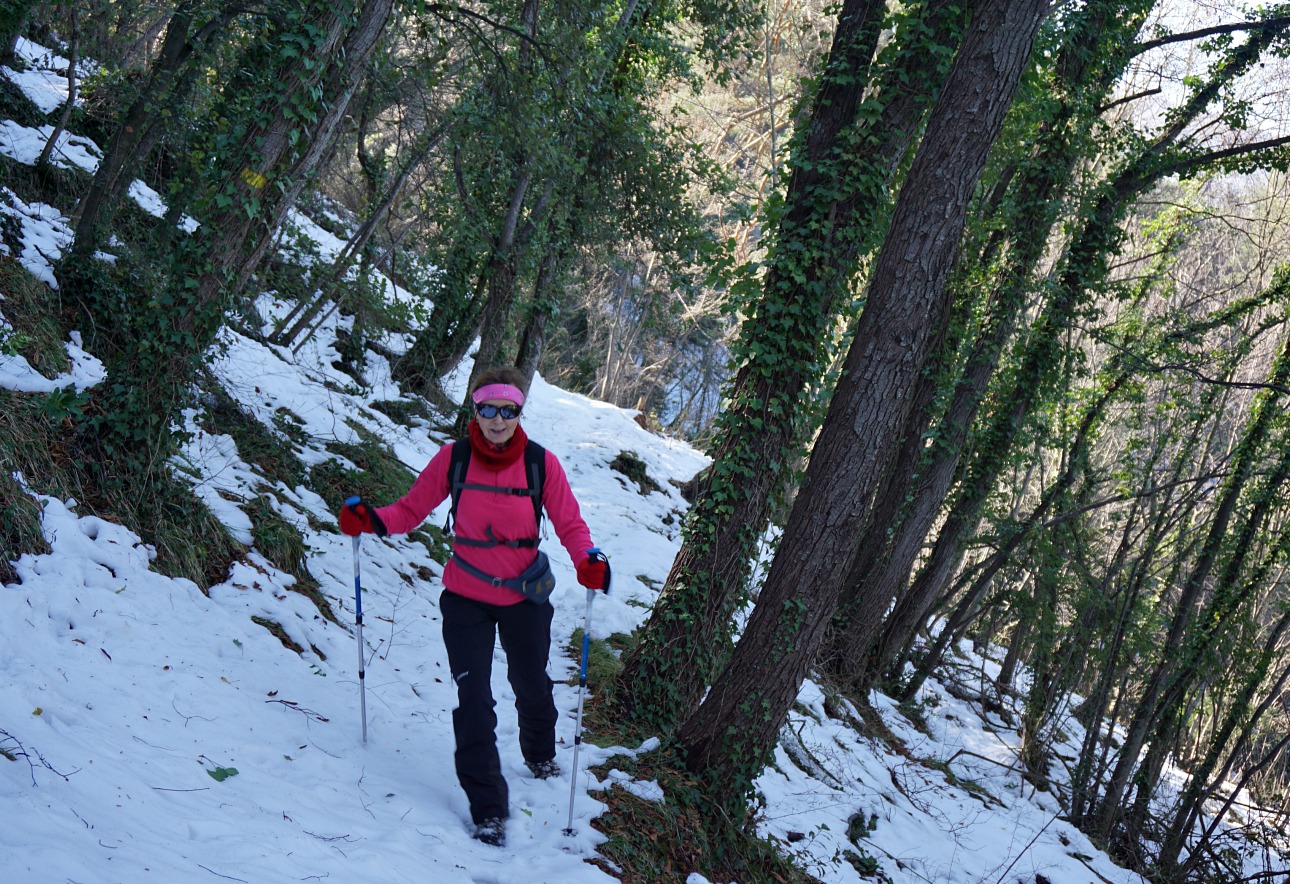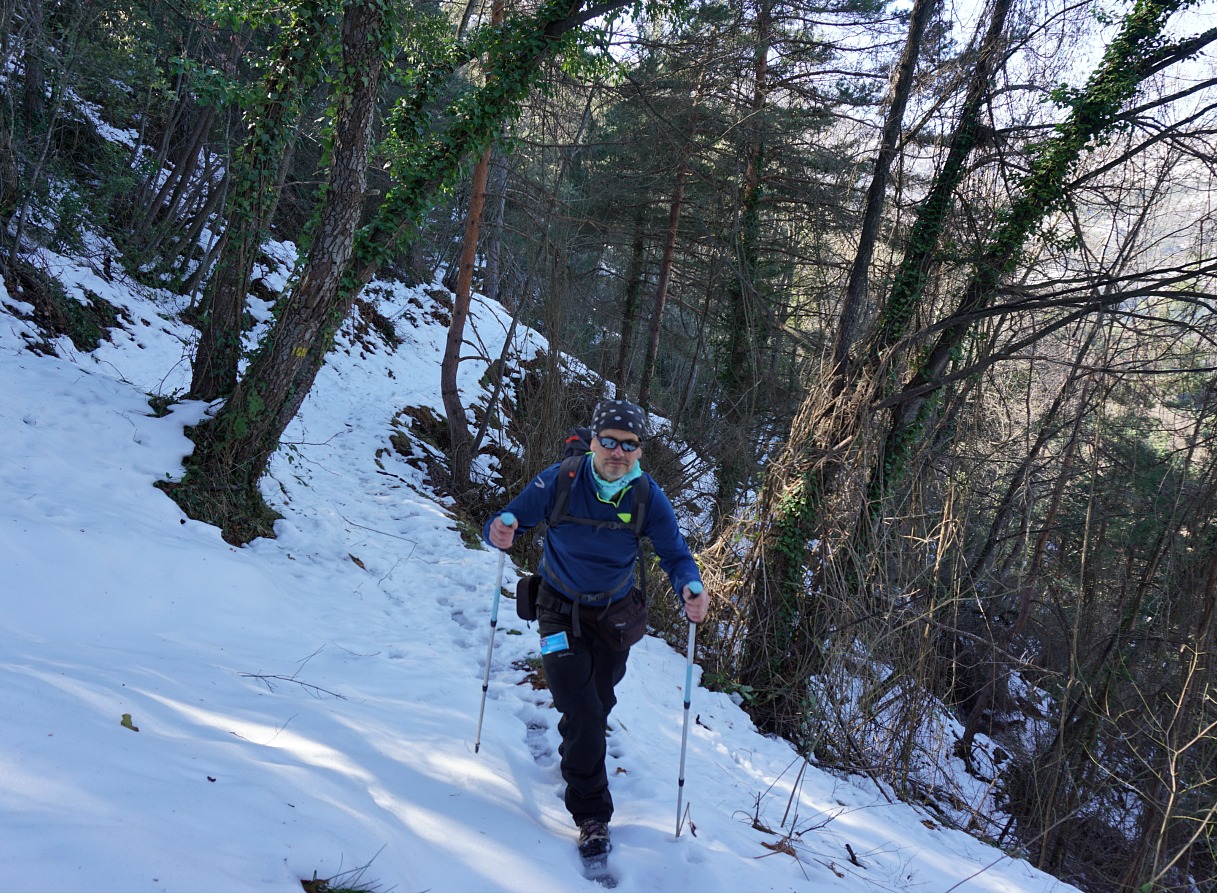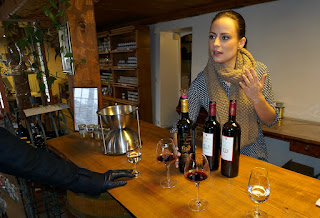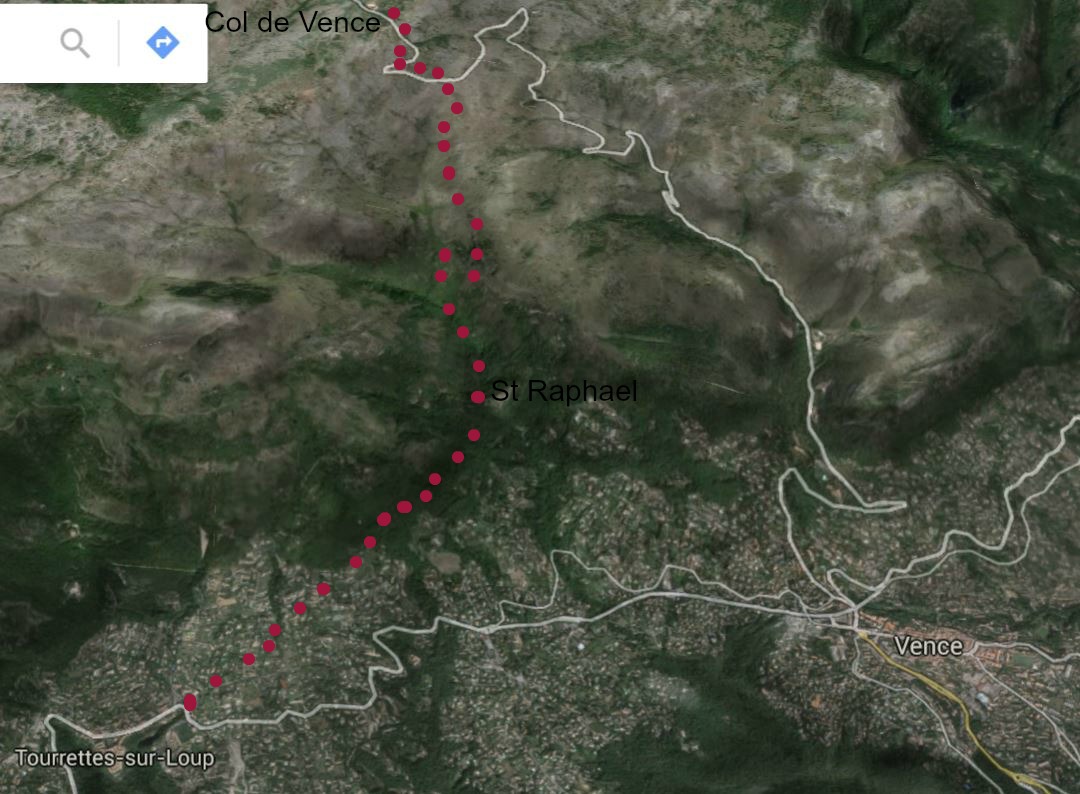Following Princess Grace's footsteps in Monaco-Ville
Alfred Hitchcock’s to Catch a Thief starring Grace Kelly and Cary Grant was partly filmed on the French Riviera. One of the most memorable scenes of the film is their picnic during the car trip above Monaco.
During the 1955 Cannes Film Festival, Grace Kelly met Prince Rainier of Monaco. They were married in April 1956, and Grace Kelly began her duties as Princess of Monaco.
On a beautiful spring day in the end of March we made a trip to Monaco-Ville, The Rock, to trace the locations familiar to Princess Grace. We parked our car in Fontvieille and walked the short distance to Monaco-Ville.
The Prince’s Palace had not yet opened its state apartments to visitors. We admired the beautiful surroundings and the changing of the guards. Several ancient cannons by the Palace reminded of the turbulent history and the Palace’s role mainly as a fortress in ancient times.
We then strolled to Saint-Martin Gardens past the Monaco Cathedral where Grace Kelly’s and Prince Rainier’s wedding ceremony was held. The beautiful gardens with its magnificent flower beds, views and statues is not to be missed.
We had a tasty lunch at U Cavagnetu on Rue Compte Félix Gastaldi. Princess Grace used to walk along this narrow street when taking Princess Stephanie to school. Today’s plat du jour, the recommended lunch dish, was Filet de St.Pierre, John Dory Fish. It was well prepared with a South of France twist, and the price was not any higher than in Nice.
After lunch we headed to the Oceanographic Museum. This is now Monaco’s number one tourist attraction. The museum was inaugurated in 1910 by Prince Albert I. We have previously visited the museum six years ago, and it was interesting to see how the museum is continually being renewed. The new Turtle Island on the roof terrace was a nice discovery. In one of the aquariums a young turtle was swimming among the fish. It had been saved in 2014 from the Monaco harbour suffering from hypothermia. This touching story is an example of the Museum’s commitment to protect the marine world.
The whole itinerary of Parcours Princesse Grace comprises 25 locations in Monaco to commemorate various aspects of Princess Grace’s daily life. The length of the tour is 5.5 km and the map is available at Monaco’s Tourism and Convention Office.








































